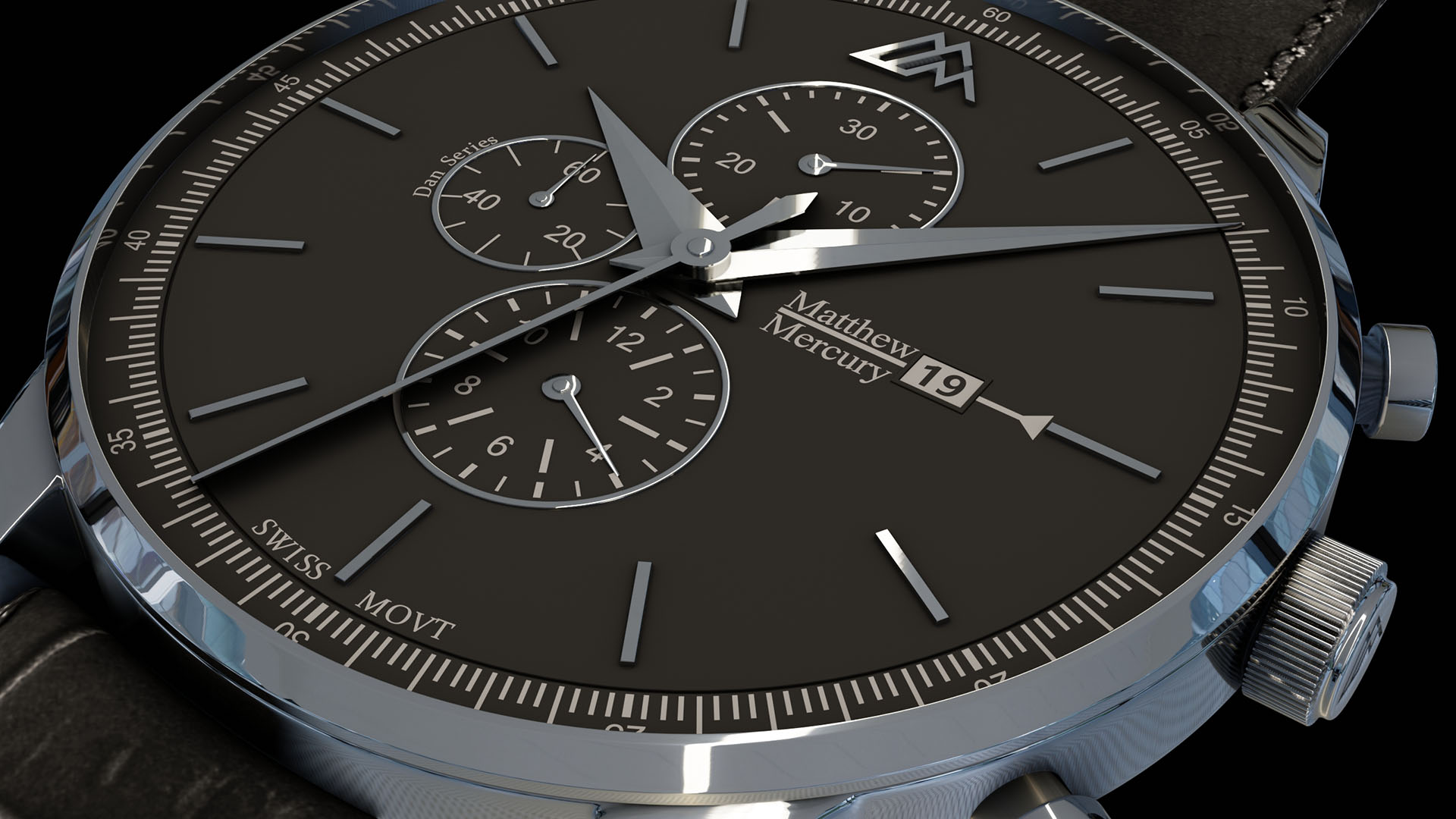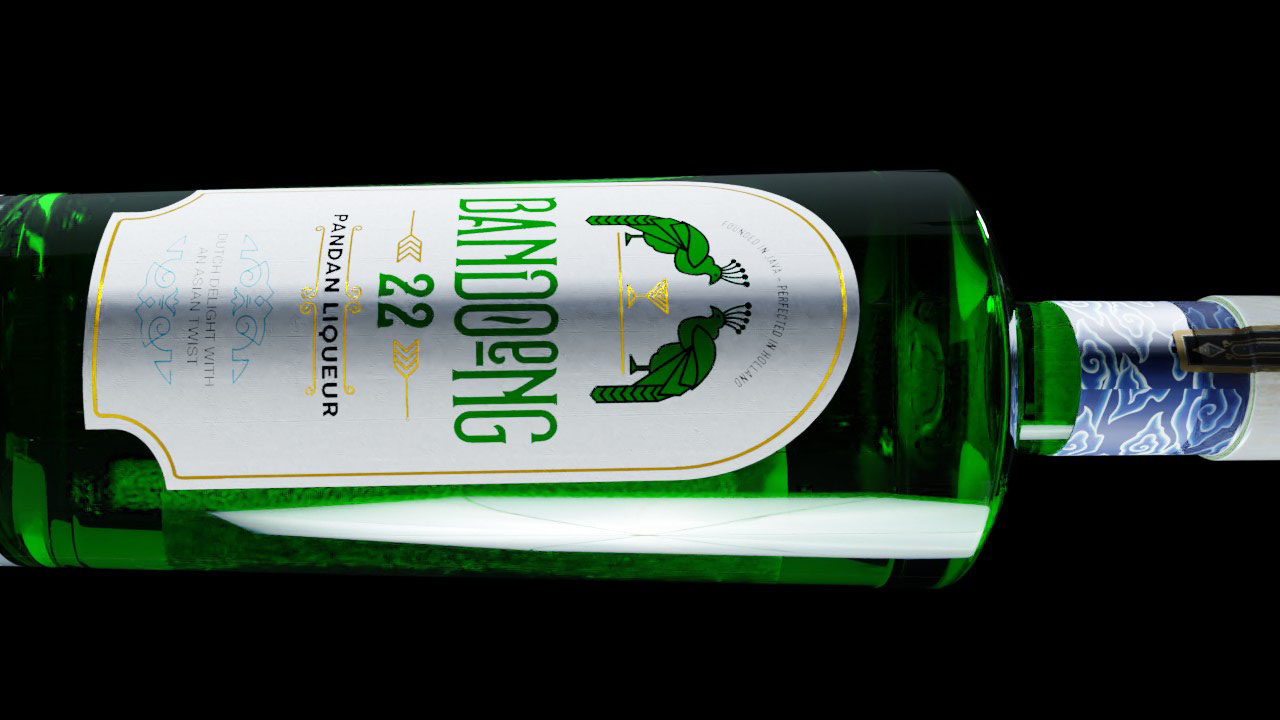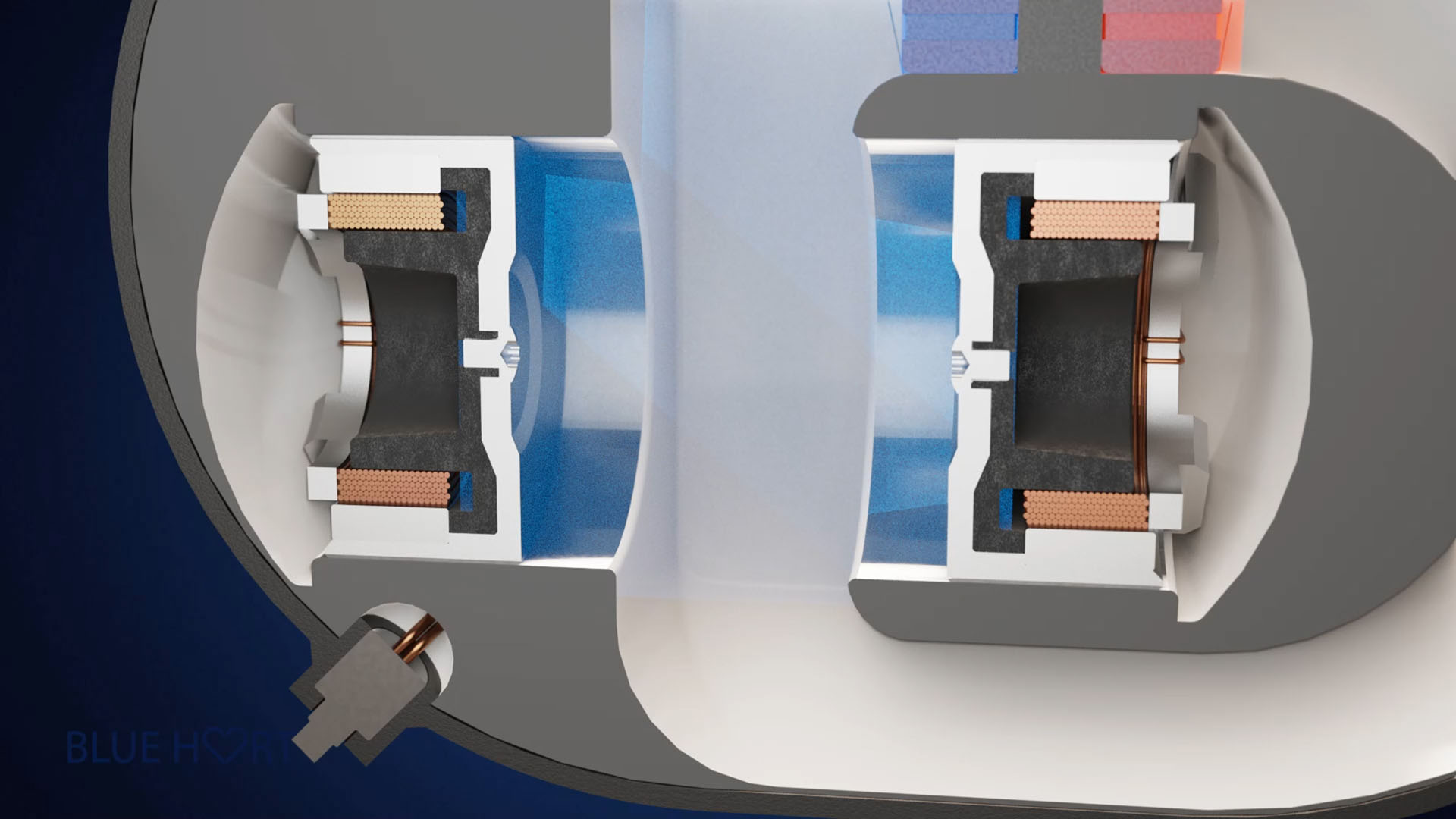Have 3D product rendering made to enhance your marketing pipeline.
Using CAD or reference materials we will create detailed 3D models for photo-realistic animation and renders for all your web & marketing purposes.
What does product rendering involve?
3D rendering involves creating a digital representation of a product using 3D modeling software. At ABCreative, we start by creating the 3D model of your product. The model gets created, textured, and lit to have a realistic appearance in a 3D scene and maybe include some props. The final step is rendering from multiple angles to create photorealistic images of the product. Th images are invaluable for marketing materials, product design, and prototyping.
Other case studies:
3D visuals for Vitrotem.
Crane positioning for BTG Positioning Systems.
Padel Tennis Club for T3S BV.

Purpose of product rendering
The purpose is to create a realistic and accurate representation by 3D modeling the product or object. Using 3D images, you can show how a product looks and functions before manufacturing. Product rendering helps companies showcase their products engagingly and interactively for catalogs, print, and websites.
ABCreative 3D product rendering creates 3D animation or 3D renders of a product in use, which is helpful for your marketing and product demonstrations.
Other types of projects:
Do you want to see how our 3D design service can get your idea off the ground?
How can high-quality 3D video be used for marketing and advertising purposes?
How can 3D renderings help you to persuade your investors?

Benefits of product rendering
3D product renderings that are detailed and realistic allow your customers and investors to understand the product’s design and features. High-quality 3D product rendering and animation can save money, eliminating the need for expensive physical prototypes and mock-ups. Your team gains visual material to create engaging and effective marketing campaigns using high-quality 3D product renders and animation. Quality 3D product rendering gives you increased engagement with your audience.

Workflow
- You share your project purpose, expectations & deadlines.
- Both you and we get our questions answered.
- We give a price indication.
- For long projects, we ask for payment in stages.
- On the price agreement, you provide us with project data.
- We start work following the best workflow for the project.
- We provide regular updates using email, calls, or meetings.
- We provide preview visuals via email or Vimeo for animation.
- Your comments lead to changes professionally handled.
- Several preview phases pass before handing over a final product.
- Post-production with voice-over and subtitles, are options
- We deliver final versions.
Deliverables
- 3D visualization in any format.
- 3D animation for online or boardroom use.
- 3D renders at the size you require.
- 3D models if agreed upon in advance as part of the project.
- Preview and final versions by email, wetransfer, or Vimeo.
- Screenshots to show progress anytime.
- Series of renders from multiple viewpoints.
- Simple, photorealistic, or stylized renders of all sizes.
- Birds-eye fly-over or photorealistic walk-through.
- Audiovisual 3D animated productions in H264, 1080p, or 1440p.
- Optional subtitles, professional voice-over, and background music.
Let's talk about 3D design
We are unique and that is why we can help you with your project!

Animation
 Animation
Animation


Modeling
 Modeling
Modeling


Rendering
 Rendering
Rendering


Visualization
 Visualization
Visualization

Your project deserves optimal presentation.
Let us do that for you!

Development
Fund Supporter

